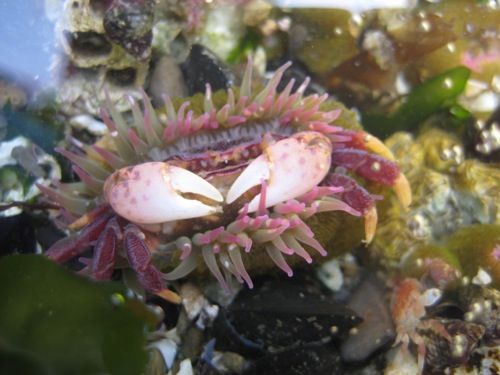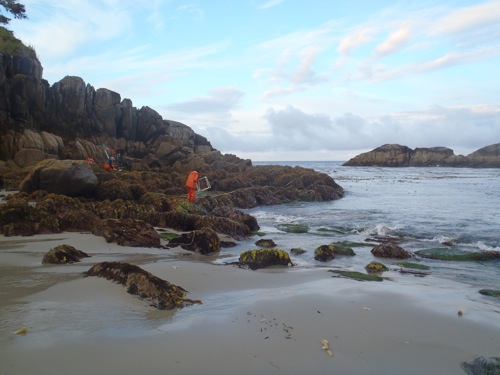UBC press release from the Martone Lab’s recent publication: Drag reduction in wave-swept macroalgae: Alternative strategies and new predictions
“Seaweeds are important foundational species that are vital both as food and habitat to many aquatic and terrestrial shore organisms. Yet seaweeds that cling to rocky shores are continually at risk of being broken or dislodged from their holds by crashing waves with large hydrodynamic forces. So how do such seaweeds survive in intertidal zones? Do they have special properties that make them extremely flexible or particularly strong?
Patrick Martone (University of British Columbia) has spent a considerable amount of time standing on the shore watching big waves crash against intertidal rocks and wondering how the seaweeds—or anything else—manage to survive there.”
To read more visit UBC Science or read the article:
Patrick T. Martone, Laurie Kost, and Michael Boller. 2012. Drag reduction in wave-swept macroalgae: Alternative strategies and new predictions. American Journal of Botany 99(5): 806-815. DOI: 10.3732/ajb.1100541 (available free here until June 10th, 2012)

 Photo:
Photo:  Photo: Laura Anderson
Photo: Laura Anderson